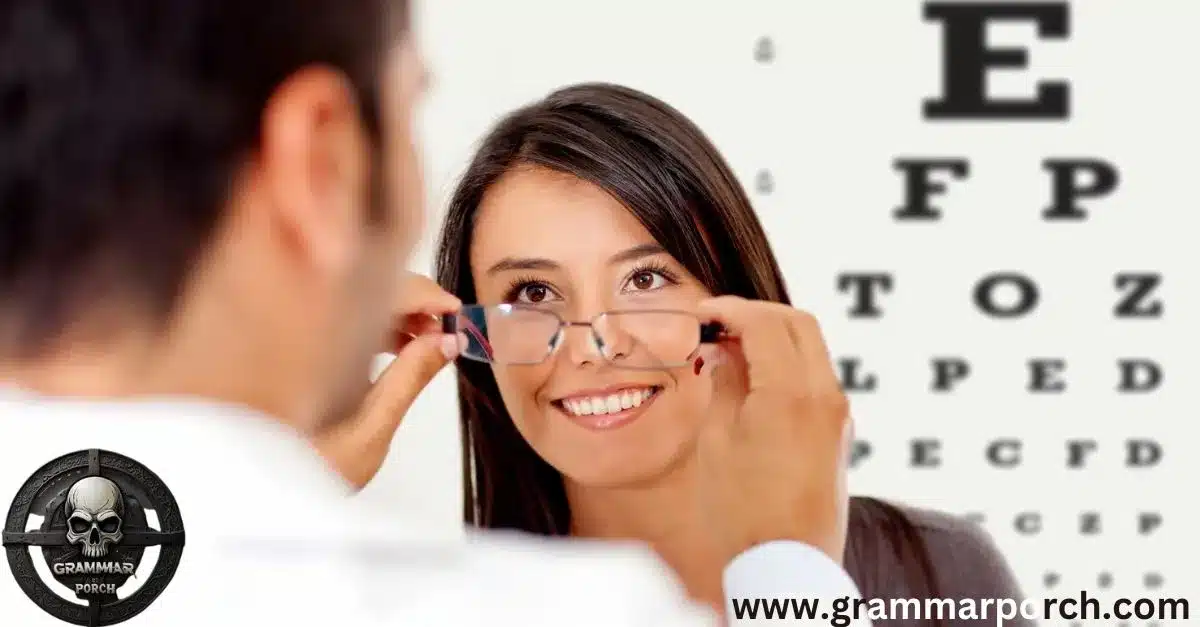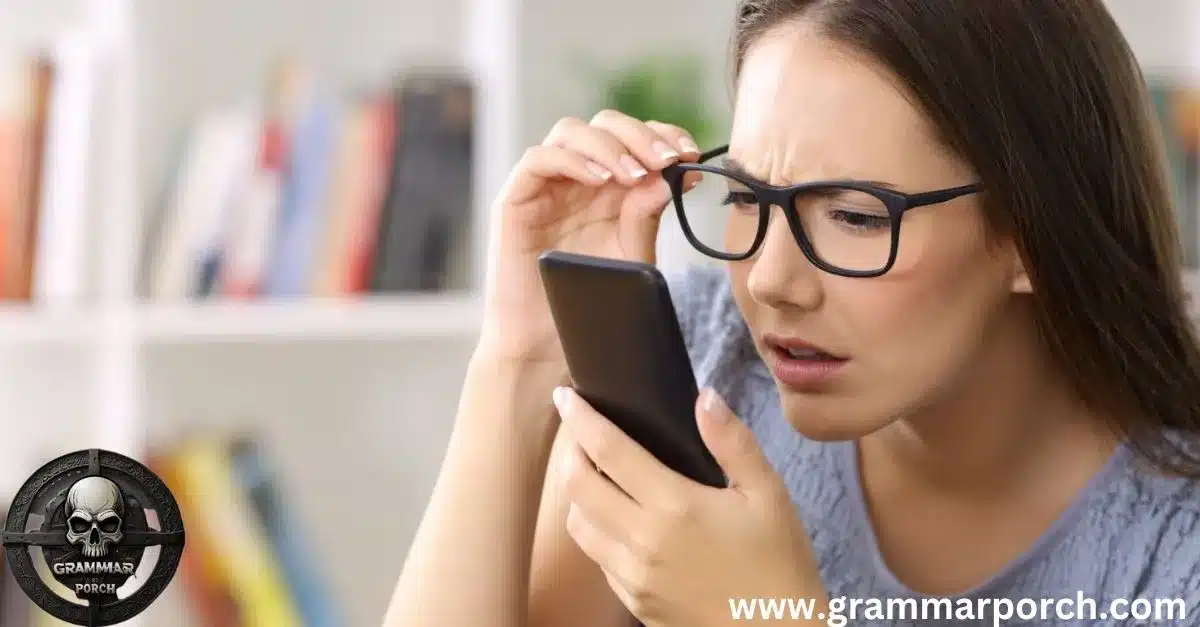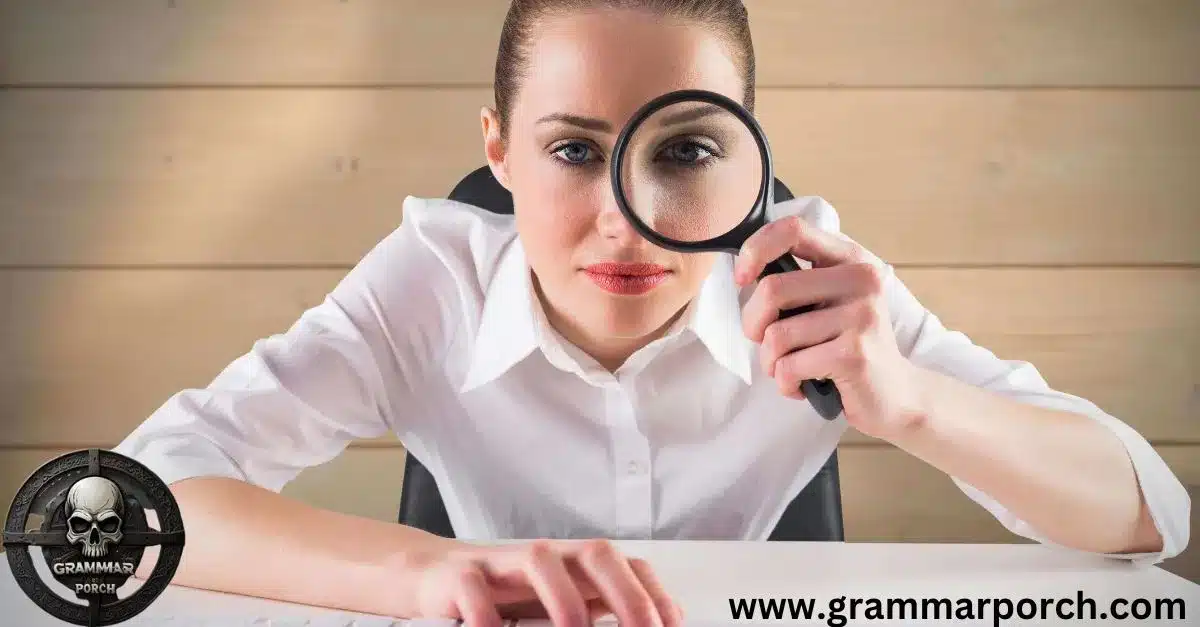See past tense english can sometimes feel tricky, especially when it comes to verb tenses. Understanding how verbs like “see” change from present to past tense and past participle forms is essential to improving English grammar.
This article dives into everything you need to know about the see past tense , its correct usage, and common mistakes to avoid. If you’ve ever wondered about the difference between “saw” and “seen”, keep reading for helpful tips and examples.
Is the “See” Word Correct?
The word “see” is a fundamental English verb. We use it to talk about noticing things with our eyes, understanding concepts, or imagining possibilities. But, if you’re asking, “Is the word ‘see’ correct.
The answer is, yes, “see” is a widely accepted verb in English grammar and functions across different verb tenses to describe a range of actions and ideas. Its past tense form, “saw”, and its past participle form, “seen”, play key roles in verb tense alignment, which is essential to communicate clearly.
Definition and Meaning of “See”

In its simplest form, “see” means “to notice or perceive something with the eyes.” However, its meaning extends beyond just vision. We often use “see” to imply understanding, like when someone says, “I see your point.”
This verb also indicates meeting with people, as in, “I’ll see you tomorrow.” The word has a broad range of uses in both literal and figurative senses, making it a versatile part of English grammar.
Past Tense of “See”
The past tense of “see” is “saw”. This change is an example of verb transformation in English, where the word modifies to indicate actions completed in the past. Using “saw” correctly is essential for conveying completed actions or observations, such as, “I saw the sunset last night.”
Unlike regular verbs that typically add “-ed” to form the past, “see” is an irregular verb, meaning it doesn’t follow this pattern and instead shifts entirely to “saw”.
How It Changes
In simple past tense, “see” becomes “saw” to express past actions. For example: “I saw the movie yesterday.” “They saw the stars in the sky.”
Why It Matters
Understanding this transformation helps with tense consistency and verb tense alignment. Correctly using “saw” ensures clarity, making it clear that the action happened in the past.
Past Participle of “See”

The past participle of “see” is “seen“, used primarily in perfect tenses like present perfect (e.g., “I have seen”) and past perfect (e.g., “I had seen”). Seen is only used with auxiliary verbs like “has,” “have,” or “had,” as in, “They have seen that movie before.”
This form is essential for expressing actions completed at an unspecified time in the past.
How It Changes
The past participle “seen” pairs with auxiliary verbs to indicate completed actions. For example: “She has seen the doctor.” “We had seen the results before they were published.”
Why It Matters
Using seen correctly is vital for communicating past actions linked to the present or another past event. Misusing “saw” instead of “seen” can lead to tense confusion and affect clarity in writing and speaking.
Quick Summary
The past tense of “see” is “saw”, used for actions completed in the past, like “I saw the movie yesterday.” The past participle is “seen”, used with auxiliary verbs, as in “I have seen that film.” Both are essential for proper verb tense usage in English, with “saw” standing alone in simple past sentences, and “seen” requiring a helper verb.
Conjugation of “See” in All Tenses
| Tense | Conjugation Example |
| Present | I see |
| Past | I saw |
| Future | I will see |
| Present Perfect | I have seen |
| Past Perfect | I had seen |
| Future Perfect | I will have seen |
| Present Continuous | I am seeing |
| Past Continuous | I was seeing |
| Future Continuous | I will be seeing |
| Present Perfect Continuous | I have been seeing |
| Past Perfect Continuous | I had been seeing |
| Future Perfect Continuous | I will have been seeing |
Regular vs Irregular Conjugation
“See” is an irregular verb. Unlike regular verbs that add “-ed” to form the past tense, irregular verbs have unique forms. Understanding these grammar rules and tense changes is essential to avoid common mistakes.
See as a Part of Speech

As a verb, “see” functions in various contexts. It can be transitive, requiring an object (“I see the book”), or intransitive, standing alone (“I see”). Its role can change with grammar rules, but its core function remains consistent as an action verb.
Pronunciation of “See”
The pronunciation of “see” is /siː/. This sound remains consistent across all forms, helping non-native speakers avoid common errors in speaking.
Side-by-Side Comparison: “Saw” vs. “Seen”
| Form | Usage | Example Sentence |
| Saw | Used in simple past tense, no auxiliary verb needed | “I saw the concert last night.” |
| Seen | Used with auxiliary verbs (have, had, will) | “I have seen that movie before.” |
Which One Is More Acceptable: “Saw” or “Seen”?
Both are correct, but “saw” is used alone, and “seen” requires an auxiliary verb. This distinction avoids grammar mistakes and improves clarity in English grammar.
Trick to Remember the Difference Between “Saw” and “Seen”
A simple trick to remember the difference is: “Saw” is used for simple past tense and doesn’t need any helping verbs. Think of it as a complete action in the past. For example, “I saw the movie yesterday.”
On the other hand, “Seen” is used with auxiliary verbs like “have,” “has,” or “had.” It’s part of the perfect tense. For example, “I have seen that movie before.”If you’re unsure, ask yourself: Is there an auxiliary verb in the sentence? If yes, use “seen.” If not, stick with “saw.”
Common Mistakes to Avoid
Don’t Mix Up Words Avoid using “seen” without an auxiliary verb. Saying “I seen it” is incorrect, while “I saw it” or “I have seen it” are correct forms.
Keep Tenses Right Staying consistent with verb tense alignment helps readers follow the tense rules you’re using. Remember, “saw” for simple past and “seen” for perfect tenses.
Other Verb Tenses of “See”
Perfect Tenses: For actions completed at various points.
Progressive Tenses: For ongoing actions over time.
Continuous Tenses: Used in progressive forms to show action.
Origins of “See”

The word “see” comes from Old English, where it was spelled “seon”, meaning “to perceive with the eyes.” It has roots in Proto-Germanic with the word “sehwan” and is related to words in other Germanic languages, like Old High German “sehan” and Dutch “zien.”
Tracing further back, it links to the Proto-Indo-European root “sek-“, meaning “to follow” or “to observe.” Over time, this verb has expanded to include not only physical vision but also understanding and noticing things in a mental sense.
Synonyms of “See”
- Observe
- Notice
- View
- Watch
- Perceive
- Glimpse
- Behold
- Witness
- Discern
- Spot
Example Sentences
- Simple Past: I saw a movie last night.
- Past Continuous: We were seeing a lot of movies during the summer.
- Past Participle: He has seen that play before.
- Present Tense: I see a beautiful bird outside my window.
- Present Continuous: She is seeing a doctor for her health check-up.
- Future Tense: I will see you tomorrow.
- Future Perfect: By next week, I will have seen the entire season.
- Present Perfect: They have seen that film twice.
- Past Perfect: By the time I arrived, they had seen the show.
- Future Continuous: This time next year, I will be seeing new places around the world.
FAQs
What is the past tense of “see”?
The past tense is “saw.”
When do you use “saw” vs. “seen”?
Use “saw” alone, “seen” with an auxiliary verb.
Is “seen” a past participle?
Yes, “seen” is the past participle.
How do I remember the correct form?
Use “saw” without a helper, “seen” with “have.”
Can “see” be used in different tenses?
Yes, “see” can be conjugated across all tenses.
Conclusion
The see past tense is essential for clear communication in English grammar. The difference between “saw” and “seen” may seem subtle, but each serves a unique purpose. By mastering these grammar rules, you improve both written and spoken clarity, making your communication more effective.

Larry is an experienced blogger with a passion for simplifying grammar. With years of expertise in writing and language, he shares insightful tips on punctuation, synonyms, and the intricacies of English grammar at **Grammar Porch**. His approachable style helps readers improve their writing skills with ease.

